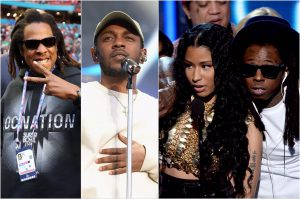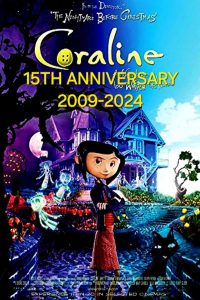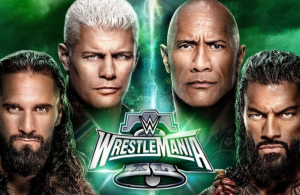Zipporah Jones
Staff Writer
As domestic violence in the media becomes more common, movie depictions are also on the rise. But how much is too much?

Celebrities, politicians, and everyday people are often shown in the media being abusive to their partners or other close people in their lives. Some believe that seeing so much of this could cause a person to become numb or desensitized to domestic violence.
Because of how common it is, or rather, because of its shock value, it is shown to people not only in the news media but also entertainment, specifically in the movies that we watch.
Before getting into what movies actually display domestic abuse, let’s get into what domestic abuse actually is.
Domestic abuse is defined as a pattern of coercive, controlling behavior that is pervasive and life threatening according to thecenterforfamilyjustice.org.
It is essentially something that involves two people, one being the abuser, and one being abused.
In cinema, pain is profit, so of course, there are many movies that show this kind of abuse.
One cult classic, “Baby Boy”, is a perfect example of a movie that shows domestic violence between two people in a relationship.
In this movie, the main character, Jody, is a man involved romantically with two women named Yvette and Peanut. Yvette is his girlfriend of five years while Peanut is a teenager that Jody cheated on Yvette with.
Jody has children with both of the women and is constantly unfaithful to his girlfriend Yvette.
Yvette and Jody are both abusers and victims of domestic violence – in one scene they both fight, her punching him first, then him slapping her. Jody constantly mistreats Yvette, and it takes a mental toll on her.
All of the mistreatment blows up in the couple’s face, ultimately causing a negative chain reaction causing the relationship to fall apart.
The ending of “Baby Boy” was rather light-hearted, but in reality, domestic abuse on this level can not only tear relationships apart, but people, their mental health, and daily lives.
“Midsommar”, which was released this summer, is a film that highlights the mental toll domestic abuse can take on one’s life.
Although “Midsommar” is considered a horror movie, a lot of the reactions of one of the main characters, Dani, the girlfriend of a graduate school student named Christian.
Through all of the violence and shocking experiences that Dani goes through in the film, Christian shows little to no support for her. Christian also ignores her body language and verbal pleas for help.
Dani, already fragile from a recent traumatic event is scarred even further by her nonchalant boyfriend.
The movie is a metaphor for someone getting back at the person who has been neglecting them, and neglect can also be a form of emotional domestic abuse.
Another cult classic, the original 1972 “Superfly”, features this kind of abuse as well. Priest, the main character and a prominent drug dealer, takes both his girlfriend and lover through hard times as they deal with the problems he has as a drug dealer as well.
He also expects these women to stay loyal to him whilst he does what he wants. Priest does not consider how much stress and responsibility he put on these women, while also not paying attention to their emotional needs.
Of course, verbal and emotional abuse are not the kinds of abuse that we normally focus on.
Physical and mental abuse like in Tyler Perry’s “Diary of a Mad Black Woman”, “Why did I get Married?” and “I Can Do Bad All by Myself” was in-your-face and upfront.
All of three films by Perry feature black women in situations of continued abuse at the hands of men.
Domestic abuse, whether physical, emotional, or mental, is something that many movies explore, possibly for entertainment or possibly to spread awareness.
Should movies display this kind of violence and if they do, should they limit what they show?





Be First to Comment